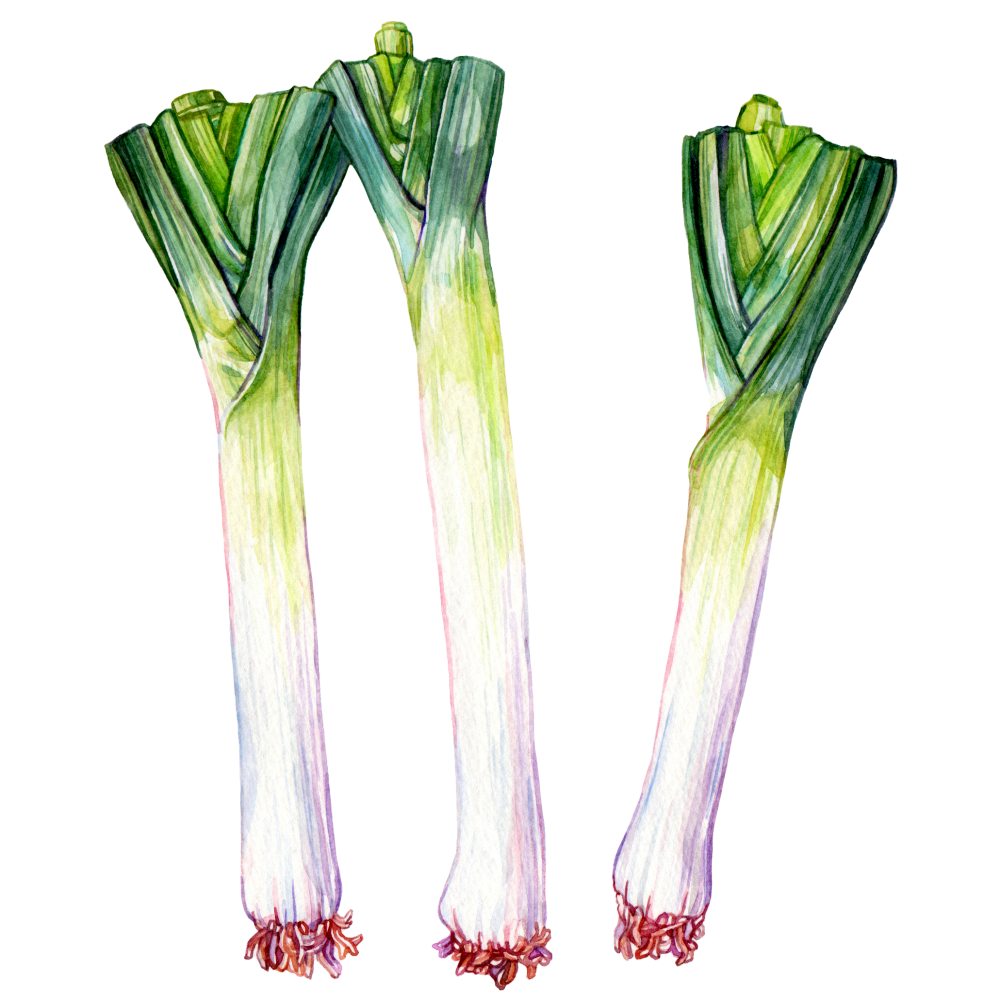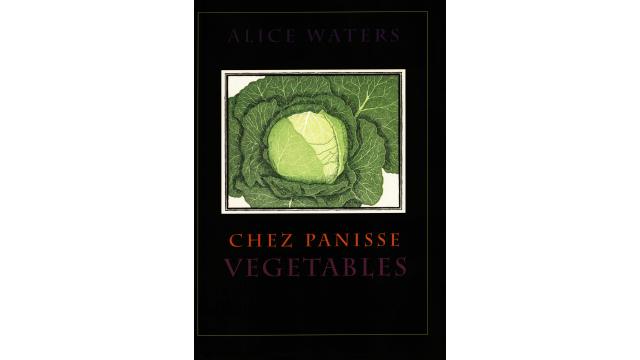Leek

Latin name: Allium ampeloprasum
Uses: vegetable
What are leeks?
Leeks are like scallions on steroids — sometimes more than two inches in diameter. Like other alliums (belonging to the amaryllis family), leeks are highly aromatic, imparting a savory quality to any dish.
Why are leeks healthy?
Leek contains many flavonoid antioxidants, minerals, and vitamins and have wide-ranging health benefits. Your whole body will thank you for eating leeks.
What do leeks taste like?
Similar to scallions or spring onions, leeks taste like a milder, grassier onion, with tender whites and sturdier, more fibrous greens. Like other onions, leeks sweeten up and become tender when cooked.
How do I use leeks?
Leeks tend to be very gritty/dirty in their interior leaves and require fastidious washing —wait to do this until you’re ready to use them, then slice them in half lengthwise or in thin rings crosswise, and rinse them well. The greens can be used for flavoring broths and stocks but can be a bit tough to eat.
Leeks have been used to improve soups and pots of beans since ancient times; four recipes appear in the 1st-century cookbook Apicius. They’re best treated with patience: give them a slow braise in broth or wine, melt them in butter over a low flame, or roast until caramelized.
What do leeks pair well with?
Leeks play best with other cool-season ingredients like potatoes (with which they are often paired for a creamy soup), cauliflower, and cabbage, and their flavor is best complemented by thyme and black pepper. They’re wonderful with eggs, cheese, and buttery pastry; use them in savory tarts and quiches. You can also use leeks with whole heads of garlic as a bed for roasting other foods.
Where do leeks grow?
Leeks’ wild progenitor is native across Europe, Central Asia, and parts of the Middle East. They were likely introduced to the British Isles by the Romans, and have been used there ever since. Though leeks are generally a cool-season crop, Indonesia and Turkey are the top global producers worldwide.
How to buy leeks:
Look for firm, smooth specimens with fresh, bright green tops; wrap them (untrimmed) in a damp paper towel and stash them in a produce bag in the bottom drawer of your fridge and they’ll last for weeks.
Fun leek fact:
Leeks were a favorite food of 1st-century Roman emperor Nero, who believed eating them would improve the quality of his voice. Romans considered leeks to be far superior to other onions, and leeks from Egypt (of which Nero was also pharaoh) were deemed the best. Nero ate so many of them raw that he earned the catchy nickname “porrophagus,” or “leek-eater.”





